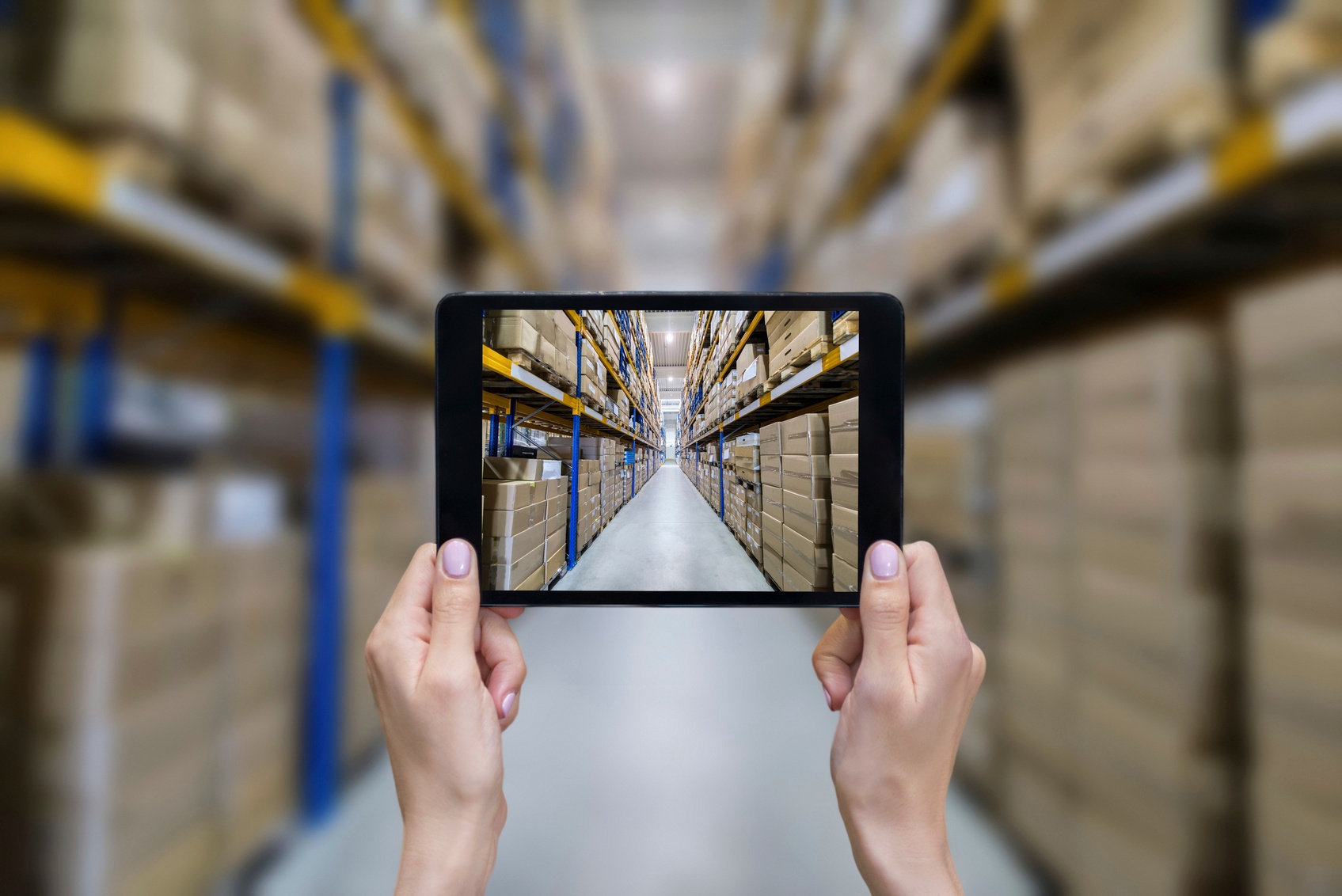97% of the Workforce Thinks THIS Will Be The Most Impactful Tech Innovation


The Internet of Things has attracted quite a bit of attention over the last few years, in both the private consumer and commercial sector. The concept is that our equipment, or “Things,” are embedded with sensors and software, allowing our devices to communicate with users and technicians, offering a seamless exchange of information between physical equipment and the Internet. The collected data is then shared in a central database, offering enterprises a wealth of detailed information to improve organizational efficiency, reduce costs, and make informed decisions about the health of said equipment.
Realizing the potential value of this now-heralded business tool, many organizations who once feared the unknown elements of IoT are now turning to this data communication system as THE tool for realizing data-driven, tangible business results. In fact, in a recent Forrester Research study of 600 decision-makers in the manufacturing industry, 97% indicated that the Internet of Things will be one of the most impactful technological innovations for their industry. Business leaders are now looking to these technological advancements to both heighten the customer experience and gain deeper insights into their operations and supply chains.
When asked about how these innovations will affect the business landscape moving forward, Jim Hilton, senior director and global manufacturing principal for Zebra Technologies has this to say: “Human-machine interfaces, machine-to-machine, and secure/remote visibility will most certainly raise the ability to re-think maintenance practices. Reactive will become preventative, then predictive. The quicker an operation can progress to productivity functionality, the quicker the return benefits will be realized.”
According to Gartner Inc., there will be nearly 20.8 billion devices on the Internet of Things by 2020; a growth largely due to the availability of faster and more reliable mobile networks, where no fixed line connection is necessary.
So, moving forward, how does this translate to your business decisions and why should your organization start investing in the future today?
Predictive Maintenance Measures & Real-Time Data Analysis
Enterprises seeking long-term financial health and efficiency should begin with data analysis and the implementation of a predictive maintenance plan. Rather than conducting routine calendar-based inspections and element replacement, the IoT now offers the data to identify patterns in our equipment’s performance, taking predictive measures and extending the life of business assets. Maintenance is performed on an as-needed basis, thus reducing the parts and labor costs, as well as downtime, associated with repair and replacement. As we invest in more assets with sensors and Internet connectivity, more businesses will glean the value of the Internet of Things as a predictive maintenance strategy.
Recommended Repair
Picture this: last year, your business invested in a fleet of new vehicles, each armed with Wifi and a complicated electrical system. You know the routine maintenance schedule calls for an oil change every 12k miles and your team has devised a schedule, based on those recommendations. But, something goes wrong at 10k miles and the system alerts you to have the oil checked now. Turns out, the vehicle has an oil leak which, gone unnoticed, could have led to serious issues in the coming months. Fortunately, your connectivity has afforded your team the ability to monitor assets in real-time, giving notifications of potential failures and thus avoiding the setbacks associated with equipment downtime.
Effective Inventory Control
 How often do your service technicians visit the stockroom, only to find your inventory consists of multiple parts for one asset, yet none of the parts actually needed? Moving beyond the frustration behind such a predicament; what about the business costs associated? Equipment downtime is increased, and the maintenance budget if flooded with stock that is collecting dust.
How often do your service technicians visit the stockroom, only to find your inventory consists of multiple parts for one asset, yet none of the parts actually needed? Moving beyond the frustration behind such a predicament; what about the business costs associated? Equipment downtime is increased, and the maintenance budget if flooded with stock that is collecting dust.
Connected stockrooms are able to proactively monitor inventory movement and stock on hand, ensuring a more efficient stockroom. Time to repair is decreased which, in turn, reduces downtown and costs associated with emergency repairs.
The bottom-line value derived from IoT is only fully realized when seamlessly partnered with other applications such as IWMS software. This partnership is redefining the challenges workplace management teams are faced with today, offering real-time analytics for more refined maintenance and asset management strategies. This actionable data offers teams the opportunity to deliver assets performing at optimal capacity, requiring less ad-hoc maintenance and reduced overall costs. The end result: organizations are able to reallocate their resources and business efforts towards what matters most – improving customer service and nurturing the business and its long-term goals.